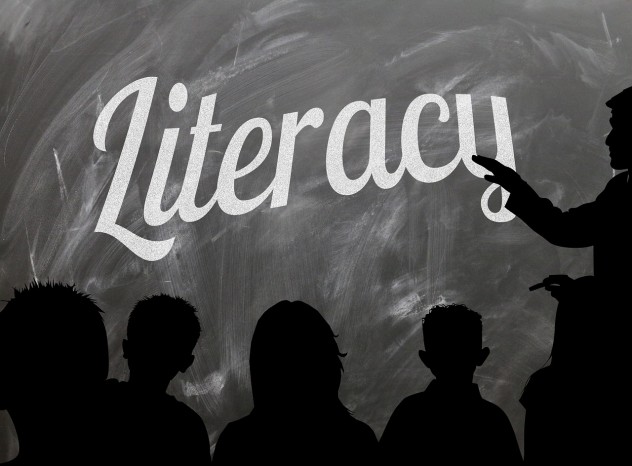Want to share examples of your imaginative practices with other educators? Here’s how.
Imaginative Literacy / English Teaching: Examples
NEW: An Imaginative Approach to Teaching Literacy in the Primary Classroom (By Judith Ameresekere)
At The Intersection of Science And Poetry (By Mary Soon Lee)
The Death Of Poetry (By Kieran Egan)
Sketch Your Thinking (By Teresa Gross)
Give Your Students This Set Of Imagination-Focused Tips For Report Writing (By Marlene Roseboom)
Two OnLine Resources To Support Imaginative Language Teaching (By Susan Lavallee)
One Theme For The Entire Year? (By Marlene Roseboom)
Is Mr. Norris’ Classroom on Fire? How Context Transformation Enriches Engagement (By Justin Norris)
Literacy And Driving In Screws With A Hammer (By Kieran Egan)
Teaching Poetry From The Inside Out (By Marlene Roseboom)
For The Love of Language: How To Inspire Students (By Gillian Judson)
The Controversial Origins Of The Encyclopedia (By Gillian Judson)
Imaginative Second Language Teaching: Examples
‘All Real Living Is Meeting’: Using The Cognitive Tools Of Imaginative Education To Teach Culture To Second Language Learners (By Greta Visscher-Pau)
Calling All Second Language Teachers! What’s In Your Toolkit? (By Gillian Judson)
How Imagination Supports Teaching Adults English As A Foreign Language (EFL) (Guest Post By Carolina Lopez)
The Wonder of Sounds: An Imaginative Approach To Teaching Phonetics (Guest Post By Andrea Leeburn)


